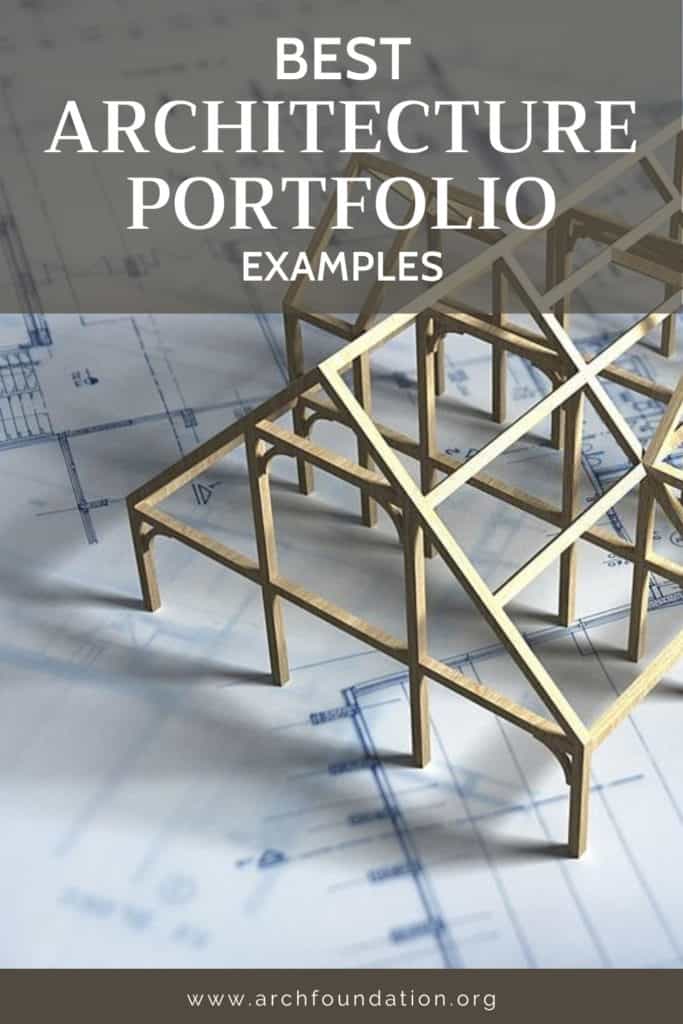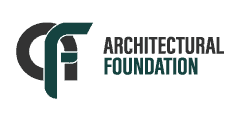Top 5 Best Architecture Portfolio Examples
The portfolio is just simple to pronounce and hard to develop, especially when you are looking for top priority. It’s the portfolio that is said to be extremely important even than the job applications and other relevant emails.
Well, you will get to see lots of architecture portfolio examples, after which it’s super simple to understand what works behind a successful portfolio. To get an internship or job at an architectural firm, you must how to present your skills rather than just possessing skills in your pocket.
Presentation plays an essential role to provide you a priority, among others. This is what a good portfolio indicates. Even though the task of building portfolio sounds involving, still, you have to maintain it, keeping in mind specific tips given below.
Let’s see live architecture portfolio example!
Top 10 Tips to Make an Excellent Architect Portfolio
While building a portfolio, it’s also essential to keep them updated. Most of the time, I see examples of portfolios and resumes growing stale as you step up in a company and work there for a long time.

Give First Importance to Visual Composition
At the starting note, you should avoid using fillers. The visual composition is not just content full of information, information, and information.
It needs to be attractive as well as concise without any kind of overload. Simply try to show essential skills and avoid using cluttered pages. Plus, use breathing images, which means your visual content needs to be amazing.
With the right kind of layout and essential data, you would be able to present yourself as a highly impressive architect.
Sending Only a Resume?
If you are also doing this, I must tell you that it is not going to work. Although resumes are quick and precise, still providing personal portfolio information would place much impact. It should be rule number one without any doubt.
You can also make your portfolio a quick grasp kind of information, just like a resume but with more attractiveness, and catchy information.
Don’t Make It Long!
As a beginner, you would probably think that making a long list of personal information in a portfolio would do magic! But, that’s not the case in reality. You have to be quick and short yet precise, clear, and informative.
So, you can also do some detailed research on making structural and short information in the portfolio. Just put your best of the best projects at priority and leave out any mediocre content.
Well, there’s no limit to several pages in your portfolio, but keep in mind to shorten it as much as possible.
Be Multidisciplinary!
Most of the time, an architect’s job is said to be multi-functional, where they can take great photos, write great content, do a fantastic building and technical design project, and so on. Don’t hide if you possess such multi-talents.
It has proved to be highly effective in all my observed architecture portfolio examples. It’s preferred to add up things when little information annoys the employer. Be specific to what they want and try to add all of it with compactness.
Make It Appealing!
To be appealing is not bad here! Whether its CV page or your overall portfolio, give importance to what you are seeking from the employer. It should consist of precise data in simple language with just slight technical jargon.
Avoid using technical or other harsh words, if possible. Also, remember to put foreign language information when you have to check on offices working abroad. These kinds of tips will instantly make your portfolio look amazing.
Check Pdfs Maximum File Size!
As you have to send the portfolio in PDF format, make sure to check over its maximum file size. You may also be thinking of online platform portfolios as best, but they can’t be able to replace old PDFs.
It’s also essential for offices to reserve portfolios of employees so that any unutilized past skills can be used further in case of need. You should also avoid such large file sending platforms such as Google Drive. Be efficient while keeping it simple, clear, informative, and short.
Using Technical Drawings?
The use of so many technical drawings can even distract your clients. So, you don’t have to explain everything in detail. You can simply provide a general idea of the project with less technical drawings and more valuable space.
Consider this ratio of 1:1 or 1:2 architectural details with a focus on precision and constructional design rather than exaggeration.
Include Theoretical!
There is no better potential than the architect’s academic and theoretical projects. It starts developing right from University when you have significant time to invest in such detailed projects.
As you all know that research is an excellent part of the architecture that demonstrates fully-developed and fundamental knowledge for future day-to-day tasks.
So, show up your intellect and sophisticated analytical capacities. Mastery, in theory, is essential because architecture is more about research.
Specify Your Duties
Well, it’s about your designated duties in each project. You have to be truthful and transparent here! What projects or information you’ve specified, be sure to add your duties assigned. Do not brag anything and try to be formally real.
You can mention your supervisory work, preliminary project concepts, detailing frames, and compatibility, etc. Your primary focus should be honesty in all aspects.
Don’t Forget Cover Letters!
The concept of cover letters is more of a discussed subject you should consider researching in detail. Take cover letters seriously and try to be less impersonal here. There could be many factors that can affect the attractiveness of a specific cover letter.
On the other hand, so-called letters of recommendation are falling out of favor, especially in the office of lots of employees. So, you should know how a cover letter looks like in architecture portfolio examples.
Other Best Tips to make an architecture portfolio! Watch this video to know more:
Top 5 Best Architecture Portfolio Examples
Examples are just for a clear idea, not to copy. Your portfolio must be unique and different from that of others. It should include your unique selling point with an appealing design.
I researched to find out the top 5 best portfolio design examples of well-renowned architects. They will help you grasp some hints and structure to be followed for preparing an eye-catchy portfolio.
1. Jason Wu
The complexity of design suits here. Even after being sophisticated and sharp, it doesn’t create any sort of difficulty in reading the architect’s mind. Its sharp renderings take you to the silent and pedestal journey that supports sections, facades, and model pictures.
I liked how the concept of layer-by-layer is represented very crisply. It further provides great justice to the portfolio with side model photos. Right at first, you will see the apparent organization of data, including education, experience, year, and extra-curricular.
The portfolio consists of 30 pages with deep details representing a model and different sections within the structure. Therefore, all the information is indicated, keeping in mind the requirements of the employer.
2. Marya Filatova
Design-wise, the portfolio is made with organic sequences and sculptural shine. And, there is a different presentation of each project throughout the portfolio. The color combination is constant all over the profile.
Different colors are also used to depict the structural form of different buildings, where necessary. The good contrast used well highlights the design and authenticity of the portfolio. It’s also great to read those complex designs understandably.
As you go deep inside the portfolio, everything goes very interactive as required.
3. Jaron Popko
White, black, and gray palette design is kind of dense throughout the portfolio. The use of dark and simple colors shows that the interest of architects lies in kind of hardcore and big buildings. You can also call it a minimalistic approach that is very trendy and appealing to the readers.
What I like about the portfolio is a layered pattern. It’s not complicated at all, yet extraordinary changes can be seen. Radiance, as well as simplicity, is impeccably represented via the overall profile of this architect.
It’s almost 50 pages portfolio where the architect has also defined the meaning of architecture to him. This statement, or you can say, explanation by architect stands better not only because of more information but also in terms of employers’ requirements.
4. Claudia Conde
Claudia Conde represents a somewhat exceptional portfolio expression. The wire-frame designs are depicted over its cover while taking on the contrast between pink, white, and gray palettes. Her portfolio greatly resembles how a woman can be such an extraordinary architect with deep details.
Interesting concepts like polymerization, living clouds, and bubble rooms, etc. are beautifully presented throughout the portfolio. The delicate yet rich pattern exudes and flows out the creativity at each section.
All the design elements are structured over one another. It creates high-quality compositions and narrates the atmosphere of the project in the definition. Great informational details are provided in a short portfolio of almost 36-37 pages.
5. Jamie Edindjiklian
Jamie Edindjiklian comes up with a quite complete approach portfolio with coherent and clear expressions. You would love to see how minimalistic and informational, the different elements are. Well, the portfolio is long enough, with 134 pages.
But, when you get to read an interactive experience, it would not look boring at all. Throughout the different expressions, a dense, hard, and detail-rich project can be seen, which is easy to digest as well. I liked its magazine inspired pattern.
Although it’s minimalistic design elements are shown in a more natural progression and order.
Some Frequently Asked Questions (FAQs)
Let’s introduce you to some common questions regarding architecture portfolio examples that people often ask at public forums. They are quite general questions with deep answers, as discussed below.
Conclusion
So, all these architecture portfolio examples are great to show up in both portfolios as well as real-life scenarios. You just need to be more updated with your latest information, projects, or ‘great works.’ Always keep in mind the above-discussed tips on maintaining an amazing portfolio.
Whether it’s a profile or other high-tech architect profile, just follow up with some hints on provided examples, admire their life, and be a high-quality architect.

